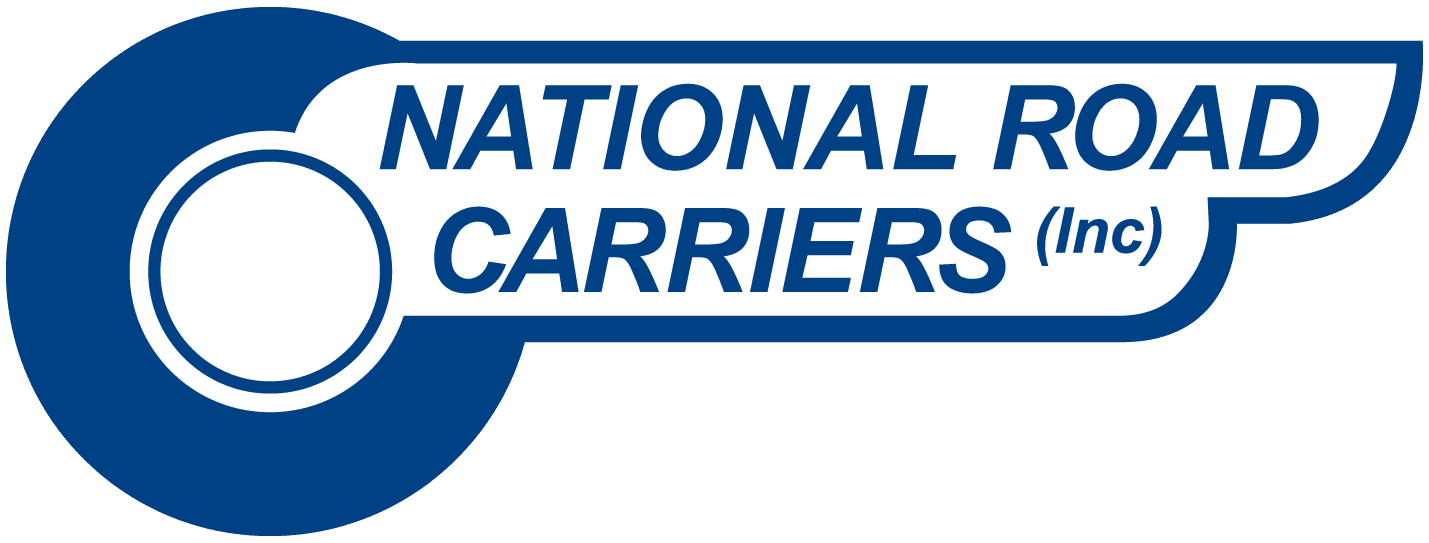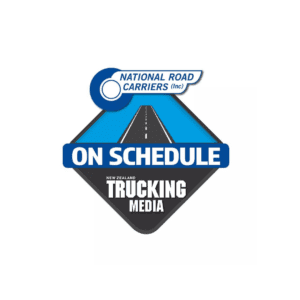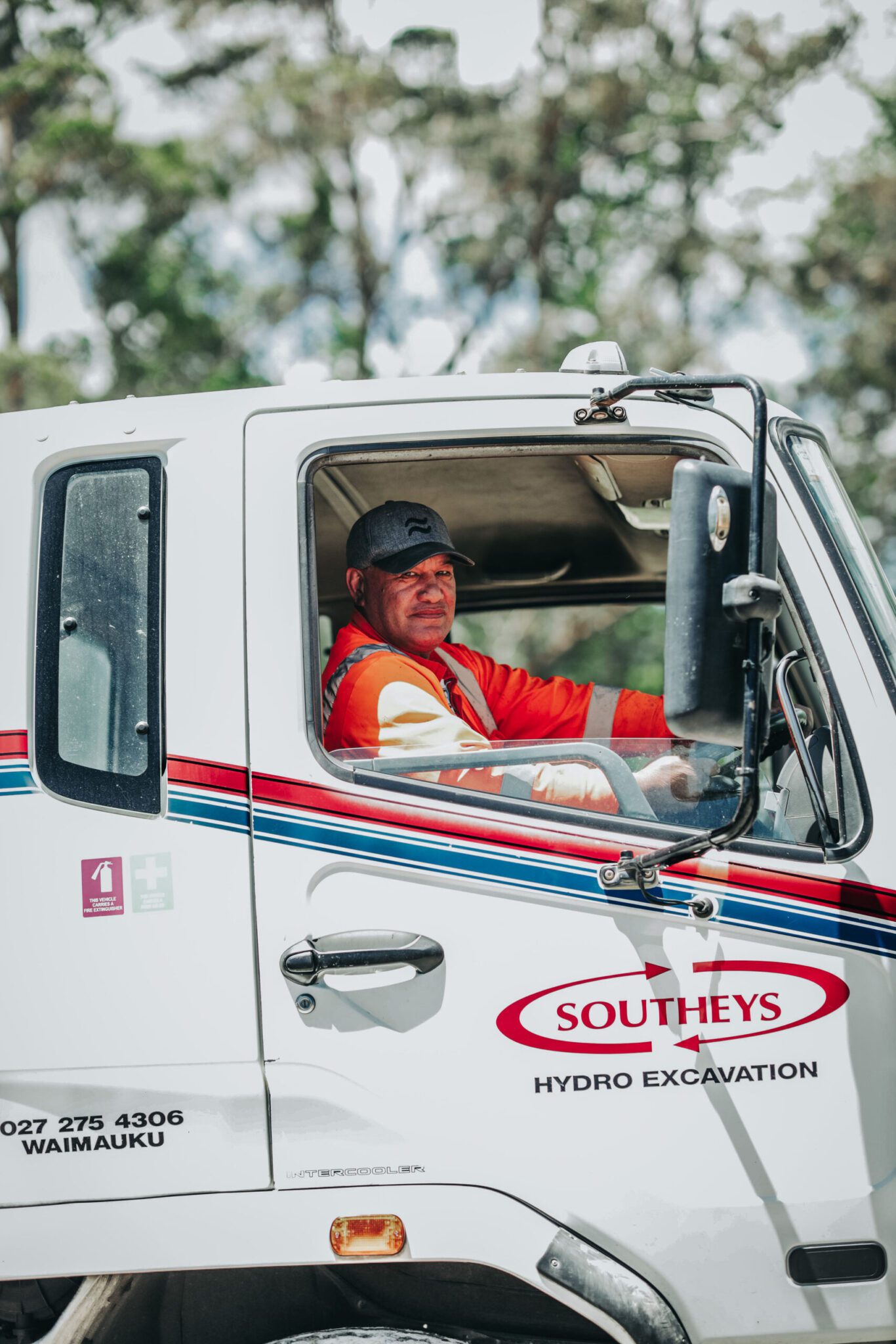Te Ahu a Turanga: Manawatū Tararua Highway – a game-changer for the region
The Te Ahu a Turanga: Manawatū Tararua Highway is a new 11.5 km stretch of road that promises to significantly enhance travel between the Manawatū and Tararua regions. This project is set to improve road safety, reduce travel time, and cater to the growing demands of both light and heavy vehicle traffic.
In January we met an NZTA principal advisor to discuss an upcoming full road closure as part of the project at the Woodville end which they hope to be four weeks.
We highlighted the potential for traffic disruptions if the alternative routes (Paihatua / Saddle) are closed due to an incident. NZTA took on board the feedback and committed to return with a contingency plan should this occur. We also suggested traffic separation and for the light vehicles to use Oxford Road. We emphasised the need for early notification on the confirmed plan to get the notice out to our members.
These engagements with Road Controlling Authorities up and down the country are a major part of the work NRC does on behalf of our members, providing feedback on the impact to transport operators that planned works may have.
2024-2025 Taranaki maintenance mid-season update
The Taranaki region’s road maintenance continues to progress well with a range of projects designed to improve road safety and infrastructure. In a recent meeting with Downers the contract manager provided an update on works completed and the upcoming projects for the region. Among the key accomplishments:
Micro surfacing: A total of 43 kms of micro surfacing has been completed. This process involves applying a thin layer of surfacing material to roads to level out rutting, a common issue on older roads. The treatment takes around three hours to cure and, while effective, can sometimes lead to temporary surface issues.
Reseals: Downers has also completed 43 kms of reseals, primarily conducted at night to minimise disruption.
During the meeting, we provided feedback regarding ongoing concerns about potholes and road damage. A number of members using the roads have raised concerns about recent repairs not lasting. We have provided examples of these issue to Downers and asked them to provide feedback on the causes of rapid repair failure.
The next steps include a debrief in April to review progress and discuss further improvements. In July a pre-season workshop will focus on identifying and addressing any pinch points in the road network.
Bombay CVSC site visit
I joined NZTA and CVST on a recent site visit to the new Bombay Commercial Vehicle Safety Centre (CVSC) to discuss the layout of the facility to ensure it meets the needs of industry and Government departments. These centres play an important role in keeping vehicles compliant and our roads safe.
While the overall design looked good, we expressed concern on the entry point of the facility. The swept path for larger vehicles appeared inadequate. This issue was acknowledged by NZTA with plans to review and improve the design.
We also asked about potential traffic bottlenecks on Great South Road and the SH1 northbound off-ramp. NZTA advised how they will manage traffic flow effectively.
NRC also highlighted the lack of a stock effluent facility at the CVSC sites. This is an important issue for livestock transporters, where the lack of effluent dump facilities throughout the country is making transporting livestock increasingly challenging. This discussion highlighted the importance of joint responsibility between government departments and local councils in addressing these concerns.
Paula






